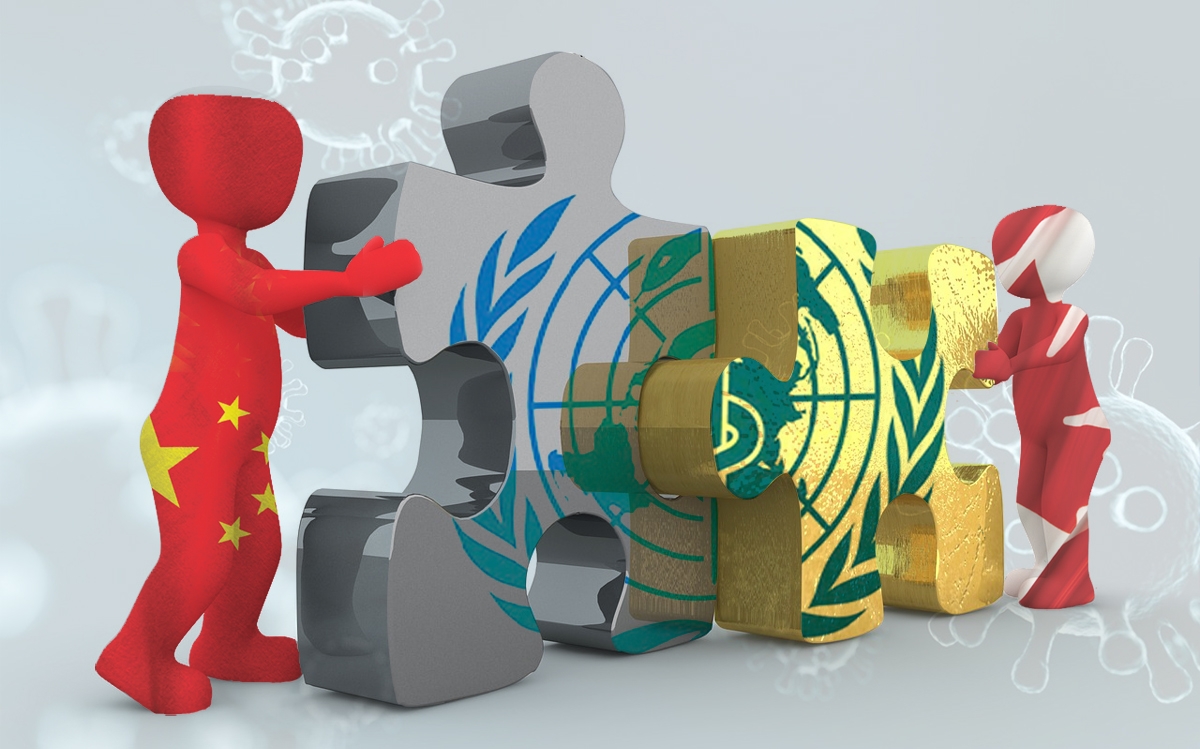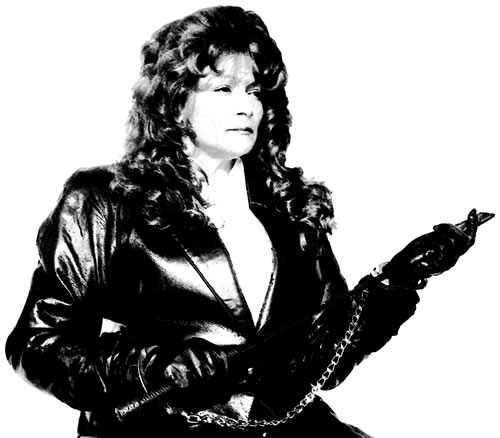
Canada’s Racism: Are we better than our southern neighbours?
Whether you’ve lived in Canada for 10 seconds or for 10 years, you’ve probably heard that this country is one of the few countries in this day and age that celebrates ethnic diversity and multiculturalism. Though we live in a society in which racial tension plagues public discourses, we Canadians take pride in the fact that we live in perfect harmony with the racialized minorities.
In recent years, the fear of Others has shaped a lot of countries’ political atmosphere. A useful illustration of this is the 2016 American election; the current U.S. government ties many of the country’s issues to newcomers, and is pushing against the flow of immigration. This game of divide, conquer, and isolate along racial and ethnic lines has created a hostile environment in which today most African Americans have learned to teach their children to fear the authority of police, rather than to trust it.
How is Canada doing, really?
The scenery may be less dramatic here in Canada but that does not negate the challenges visible minorities face on different levels. Instances of racism here might not make the news as often as they do in the United States, but racism in Canada is no less present, existing on an institutional more than an individual level. There is a clear disparity between racialized minorities and non-racialized Canadians when it comes to earned income, financial security, and racial profiling.
According to the 2006 census data, racialized minorities here in Canada earned 81.4 cents for every dollar paid to a Caucasian counterpart. What this means is that two people with the same qualifications, doing the same job are paid differently on the basis of ethnicity. The issue of inequality cannot be analyzed alone. A person earning less is already greatly disadvantaged when it comes to proper housing and access to adequate and nutritious food. In metropoles like Toronto, Vancouver, or even Montreal where the cost of living is fairly high, minorities tend to live in the outskirts or in secluded and precarious neighborhoods where housing is often more affordable. The lack of financial security can lead to underlying health issues brought on by stress and a lack of access to nutritious food.
Racial bias, Profiling and “Driving while black”
Racial bias and profiling is alive and well here in the Great White North. I have a heard a few cringe worthy stories from some friends who have been racially profiled, and questioned for not being in the “appropriate neighbourhood” or for driving cars that did not fit their skin tone or social status.
As a racialized minority myself, even though I have never experienced blatant and open racism, I have been the victim of ignorance in relation to my skin tone. On several occasions, people have assumed that I am not very educated or that I am poor. I cannot count the number of times I’ve been in a high-end store and received more attention than fellow shoppers my age because the sales associate thought I couldn’t afford the items being sold. Likewise, I can’t tell you how many times someone has asked me where I’m “really” from, because I apparently don’t look Canadian enough. What does a real Canadian look like?
What can we do about it?
Though it can be problematic to see racism everywhere, we can’t turn a blind eye to the bias in our society. Ideology is like the air we breathe, and takes time and effort to change. How long are we willing to wait for a better society? We we as Canadians — better yet as human beings — should be doing our best to leave our bias behind and do better. We all have opinions and assumptions, but we begin to be better people when we move past what we think we know and keep an open mind instead. The next time you pat yourself on the back for being a racially-blind Canadian, consider that not everyone experiences the same neighbourhood, the same city, the same room, the way that you do, and remember that our country still has a ways to go before really achieving equity.













